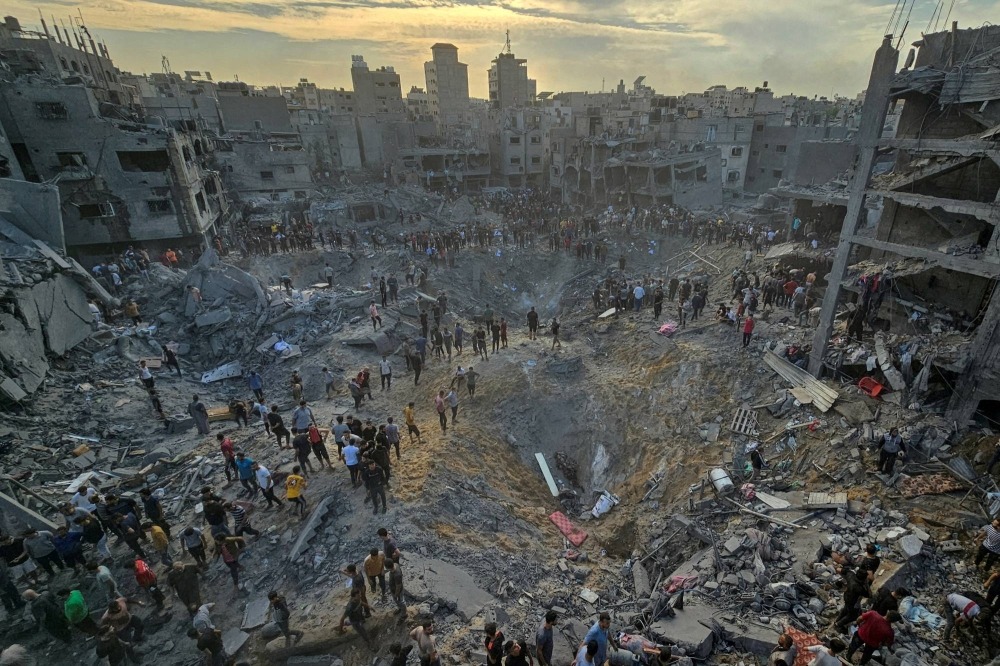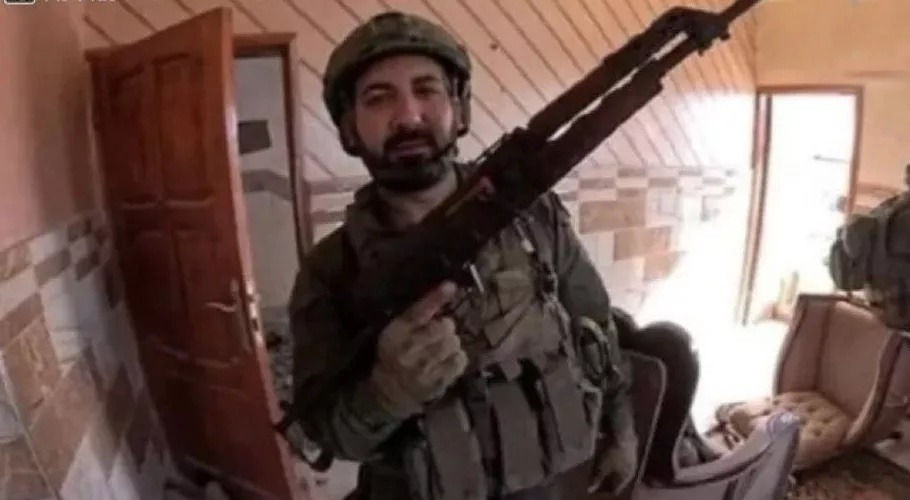The ongoing violence in Gaza has been termed as the “first live-streamed genocide” in history. With technology bringing the war into homes worldwide, it is impossible for the global community to claim ignorance. The horrors of the conflict are unfolding live on social media, making it clear that the suffering is both widespread and deliberate.
The Historical Context
The conflict traces its roots to 1948, with the establishment of the state of Israel. This event, referred to by Palestinians as the Nakba or “catastrophe,” resulted in the displacement of nearly three-quarters of a million people. Over a third of these refugees sought shelter in Gaza. Fast forward to 1967, Israel occupied both Gaza and the West Bank. Later, in 2007, after Hamas assumed control over Gaza, Israel imposed a blockade that has since left thousands of Palestinians in a dire humanitarian crisis.
Hamas, labeled a terrorist organization by many Western governments, has justified its resistance against Israeli occupation as a struggle for Palestinian rights. However, the methods and scale of violence on both sides have sparked a cycle of fear, destruction, and retaliation.
The October 7 Attack and Its Fallout
On October 7, 1,200 Hamas fighters breached the Gaza-Israel border, resulting in the deaths of over 1,000 Israelis and the capture of 250 hostages. Some Israeli deaths are attributable to the Israeli Defence Force, after it arrived at the scene and began shooting indisriminately, aiming at anyone heading for the Gaza border, under its Hannibal Directive. The event shattered the perception of Israel’s invincibility, leading to a massive military response in Gaza from Israel. In the weeks that followed, Northern Gaza experienced extensive bombardment, with over 16% of its buildings reported as damaged or destroyed. By the third week, the official Palestinian death toll had risen to over 7,000, signaling an unprecedented humanitarian disaster.
War Crimes and Global Complicity
Amid the conflict, accusations of war crimes have surfaced. An investigation has unearthed evidence suggesting the Israeli military used disproportionate force in its response, including attacks on civilian infrastructure and the use of artificial intelligence to target individuals. The surveillance-based AI technology, according to reports, assigns “killable” scores to Palestinians based on their online activities and social interactions. This “Where’s Daddy” system allegedly monitors the presence of individuals at their homes, signaling the military to carry out targeted killings.
Social media has further exposed the grim reality, showcasing Israeli soldiers looting and destroying civilian properties, actions that violate international law. In some instances, Palestinian detainees have been paraded and abused, with graphic videos shared widely, indicating a breakdown in military discipline.
A Struggle for Survival Amidst Systematic Attacks
Journalists and human rights workers in Gaza have found themselves in the line of fire, risking their lives to document the atrocities. Even hospitals, deemed safe zones, have not been spared. The footage from these sites paints a bleak picture of suffering, destruction, and relentless attacks on civilians and aid workers.
By the end of January, nearly 90% of Gaza’s population had been displaced at least once, living in constant fear and terror. Among the casualties, children have been particularly vulnerable, with some expressing a desire to die to avoid the horror of further violence.
The International Response and Accusations of Hypocrisy
Despite the evident humanitarian crisis, Western powers continue to support Israel, providing military and surveillance assistance. The UK, operating from its bases in Cyprus, has conducted surveillance flights over Gaza, sharing intelligence with Israel. The ongoing provision of arms by the United States, Germany, and other nations has sparked allegations of complicity in war crimes. Human rights organizations have pointed out that this assistance, given the knowledge of civilian casualties, implicates these countries in the conflict.
The Use of Human Shields: A Contentious Claim
The Israeli government has claimed that Hamas uses civilians as human shields, a charge that has gone unchallenged in Western discourse. However, investigations reveal no evidence to support this claim. Due to Gaza’s dense population and small size, it’s nearly impossible to separate military operations from civilian areas. Some analysts argue that Israel’s tactics, which have targeted civilian infrastructure, show little regard for civilian lives.
In contrast, Israel has faced allegations of using Palestinian civilians as human shields, forcing them to enter combat zones and inspect buildings for booby traps.
A Bleak Outlook
As of August, the death toll in Gaza has surpassed 41,000, with nearly 100,000 injured. Despite international outcry, Israel’s military campaign continues, leaving behind a landscape of devastation and despair. For Palestinians, the crisis has exposed the global community’s failure to uphold human rights and international law, reinforcing the perception that these principles are reserved for the privileged.
The conflict in Gaza has not only shattered buildings but also the illusion of a global rules-based order. The world watches as a humanitarian catastrophe unfolds in real-time, raising pressing questions about justice, accountability, and the price of power in modern warfare.
—
An excellent new documentary – Investigating war crimes in Gaza, By Al Jazeera Investigations – provides a detailed account of events surrounding the ongoing conflict in Gaza, including a litany of war crimes alleged to have been committed in the past year…




